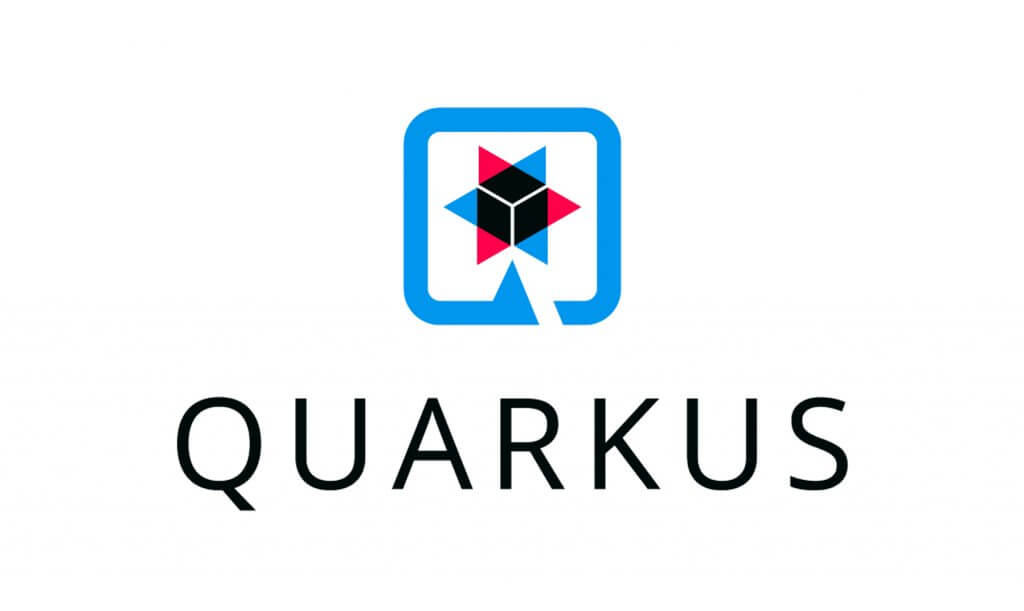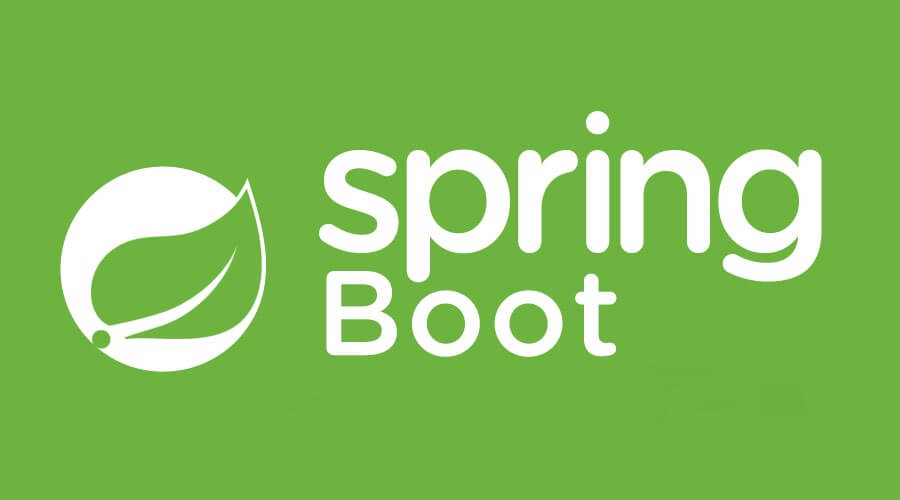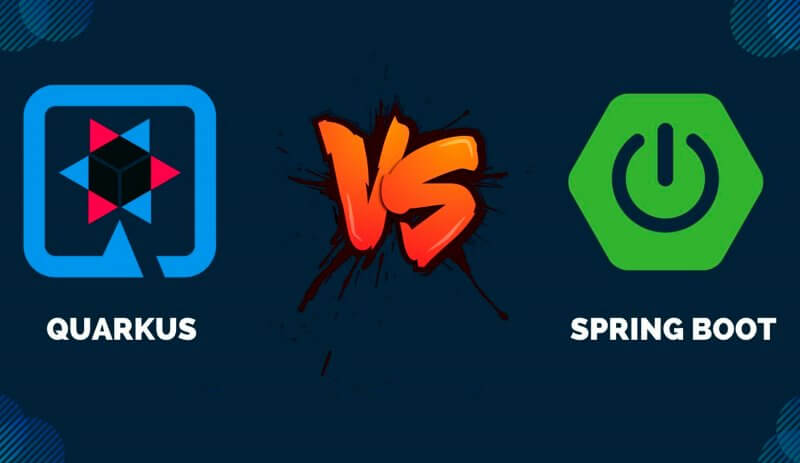Developers usually choose from a wide range of advanced programming languages and frameworks in order to build an excellent product. No doubt, choosing a framework may be difficult. Quarkus and Spring Boot, for example, are frequently compared and contrasted due to their widespread use and diverse set of capabilities.
In this article will compare two prominent Java frameworks, Spring Boot and Quarkus just as we compared Micronaut vs Quarkus vs Spring Boot. We’ll identify the differences and similarities between them and some specifics by the time we’re done.
Quarkus vs Spring boot Pros and cons

Quarkus is a Java framework for developing and delivering minor artifacts and An effective platform for serverless, cloud-native environments. Quarkus promises faster boot times, lower request times, and a unified reactive and imperative programming model for developers to efficiently address a wide range of distributed system architectures as a replacement for the existing Spring Boot framework.
You may also be interested in Quarkus Overview, best use case
Techbriel
Pros and cons of Quarkus
Pros:
- Thanks to the many developer communities that exist, a wealth of essential documentation is available
- When compared to other frameworks, such as Spring Boot, the application boot time is significantly reduced with Quarkus. Build-time metadata processing and Graal or Substrate VM to create standalone native images are the reasons for this. As a result of the low startup time, applications can be built at a lower cost.
- Quarkus’ hot reloads are faster than Spring Boot’s because they can detect and transparently re-compile and deploy changes made to Java and another resource/configuration files. Quarkus applications running in a remote environment can also benefit from this feature.
- A well-known enterprise standard, JAX-RS, is used as a foundation.
- Maps provided by Quarkus are always up-to-date. It takes time to think about making each new release better for developers.
Cons:
- The Graal VM installation process is a little more involved than it appears at first glance. Verifying OS-specific binaries and packages is not for the faint of heart.
- The Quarkus community forum doesn’t always have the answer to every question you may have.
What exactly is Spring Boot?

Spring Boot is a pen source Java framework used to develop enterprise applications and microservices. With features such as starters and auto-configuration, it is used to build production-ready applications. Spring Boot is a popular choice for microservices architectures because of its extensive features.
Pros:
- Thanks to its extensive documentation and community support, it’s easy to get started with Spring Boot. Almost every problem has a solution on the community pages of this website.
- With features like auto-configuration, starters, and YAML support, developers can take care of most boilerplate code and lower overall costs.
- Compared to Quarkus, it performs better in terms of I/O operations.
- Developers can include their dependencies in the pom.xml file by using Spring Boot’s ‘template design pattern.
- Compared to Quarkus, it’s more secure.
Cons:
- Spring Boot takes longer to start than Quarkus.
- Overall performance is adversely affected because it relies heavily on starter modules.
- With Spring Boot, more memory is usually needed.
Is Quarkus Similar to Spring boot?
Java-based enterprise applications can be built and deployed using either Quarkus or Spring Boot. How do you know which one is the best fit for your project? In comparison to Spring Boot, Quarkus is a more cutting-edge framework. It has fast application startup times, live coding features, and a developer experience that is second to none. The main problem is a lack of community support and resources geared toward beginners.
You may also be interested in MicroNaut Vs Quarkus Vs Spring Boot – Detailed Comparison
The verdict:
While spring Boot is an established and reliable framework, it has many functionalities, templates, and security measures. Excellent documentation and extensive community support make it an excellent choice for software developers. Compared to Quarkus, Spring Boot has lower performance and higher memory consumption. Therefore, there are many factors to consider when deciding which framework to use to build an application, including your project’s needs and the skill level of the developers who will be working on it.
If you enjoyed this post, we’ll be very grateful if you’d help spread it by sharing it with your friends using the share button. you can also get our latest updates by following us on Facebook, Twitter, Linkedin, and Instagram. Don’t forget to subscribe to our Youtube channel for more Tech Tutorials, Tech reviews, and Tech reviews.












I wonder what will happen after the release of spring boot 3.0 in November 2022. how will they compete? will quarkus retire?